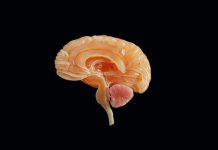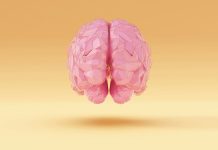
In a new study, researchers have created a better understanding of Alzheimer’s.
They have shown that the cleaning system of the brain cells, a process called mitophagy, is weakened in animals and humans with Alzheimer’s.
And when they improve mitophagy in the animals, the Alzheimer’s symptoms nearly disappear.
The research was done by an international research team with representation from the University of Copenhagen.
Scientists around the world are still struggling to understand Alzheimer’s better in order to treat and potentially prevent the development of the debilitating disease in the future.
No new medications have been approved in recent years.
In a new study, the researchers report a path toward treating the disease by targeting the mitophagy process.
The researchers looked more closely at the cleaning process in brain cells from deceased Alzheimer’s patients, in Alzheimer’s-induced stem cells, and in live mice and roundworms with Alzheimer’s.
In addition, they also tested active substances targeted at the cleaning process in the animal models.
Mitochondria live inside cells and can be seen as the cell’s energy factories.
Mitophagy breaks down defective mitochondria and reuses their proteins.
It is known from previous research that dysfunctional mitophagy is associated with poor function and survival of nerve cells, but so far, no connection with Alzheimer’s has been shown.
In both Alzheimer’s and other states of dementia, there is an accumulation of the proteins tau and beta amyloid in the brain, leading to cell death.
In the new animal models, the researchers show that when boosting mitophagy, this accumulation will slow down.
The researchers believe that their findings indicate that the cleaning process is a potential target for the treatment of Alzheimer’s, which should be further investigated.
They therefore plan to start clinical trials in humans in the near future.
Vilhelm Bohr is one author of the study.
The study is published in the scientific journal Nature Neuroscience.
Copyright © 2019 Knowridge Science Report. All rights reserved.
Source: University of Copenhagen.



